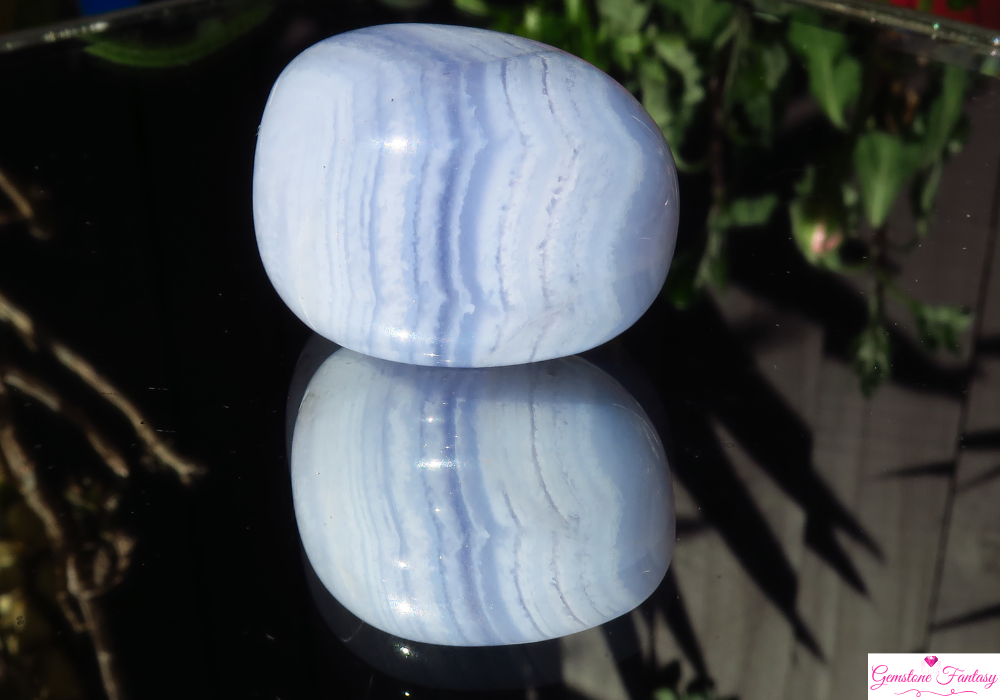The Beryl family is one of the most highly regarded and valued groups of gemstones in the world. Known for producing some of the most precious and sought-after gems, such as emerald and aquamarine, the beryl family boasts a wide range of stunning colors, unique properties, and historical significance. These gemstones have been admired throughout history for their beauty, durability, and metaphysical attributes.
In this article, we will explore the beryl family of gemstones, focusing on their unique characteristics, varieties, and uses.
1. Emerald
- Color: Rich green to bluish-green.
- Properties: Emerald is the most famous and valuable member of the beryl family, known for its deep green color. The color is due to trace amounts of chromium or vanadium within the crystal structure. Emeralds are often included with internal fractures or other characteristics called “jardin,” making each stone unique.
- Uses: Emeralds have been cherished for centuries, often used in high-end jewelry like rings, necklaces, and earrings. They are considered symbols of rebirth, love, and fertility. Historically, they were believed to have protective powers.
- Sources: Colombia is the most famous source of fine emeralds, though they can also be found in Zambia, Brazil, and Afghanistan.
2. Aquamarine
- Color: Light blue to bluish-green.
- Properties: Aquamarine gets its name from the Latin word for seawater, reflecting its soft, cool blue tones. It is a transparent variety of beryl and is beloved for its clarity and peaceful color. Iron is responsible for the gemstone’s blue hue.
- Uses: Aquamarine is commonly used in all types of jewelry. It is thought to bring calmness, courage, and clarity, and was once believed to be a treasure of mermaids, offering sailors protection at sea.
- Sources: The best aquamarines are found in Brazil, with additional deposits in Madagascar, Pakistan, and Nigeria.
3. Morganite
- Color: Light pink to peach.
- Properties: Morganite is the pink variety of beryl, colored by traces of manganese. It is admired for its delicate, romantic hues and excellent transparency. Often, the stone exhibits soft peach tones, making it a popular alternative to pink diamonds.
- Uses: Morganite is used primarily in fine jewelry, especially engagement rings. It is associated with love, compassion, and healing emotional wounds. Its soft color and symbolism make it a favorite for those seeking a feminine and elegant stone.
- Sources: Morganite can be found in Madagascar, Brazil, and the United States.
4. Heliodor
- Color: Golden yellow to greenish-yellow.
- Properties: Heliodor is the yellow variety of beryl, named from the Greek words for “sun” and “gift.” It ranges from pale yellow to bright golden tones, with its color caused by iron impurities. It is a transparent and durable gemstone.
- Uses: Heliodor is often set in jewelry like rings, pendants, and bracelets. The golden hue symbolizes light, warmth, and vitality. It is believed to promote confidence, personal power, and optimism.
- Sources: Heliodor is found in Brazil, Madagascar, and Namibia.
5. Goshenite
- Color: Colorless or very faintly tinted.
- Properties: Goshenite is the pure, colorless variety of beryl. Without any impurities to give it color, goshenite is entirely transparent and sometimes mistaken for quartz. While it lacks vibrant colors, it possesses excellent clarity and brilliance.
- Uses: Goshenite is valued for its clear, pristine appearance and is used in various forms of jewelry. In history, it was sometimes used as an imitation for diamonds. Symbolically, it is linked to clarity, purity, and truth.
- Sources: Goshenite is found in places like Brazil, the United States, and Afghanistan.
6. Red Beryl (Bixbite)
- Color: Deep red.
- Properties: Red beryl, often referred to as bixbite, is an extremely rare and highly valued variety of beryl. The red color comes from trace amounts of manganese. Unlike other beryl gemstones, red beryl is typically small, and high-quality stones are incredibly scarce.
- Uses: Due to its rarity, red beryl is highly prized by collectors and gem enthusiasts. It is rarely seen in jewelry, but when used, it commands a high price. Red beryl is associated with passion, energy, and courage.
- Sources: The only significant source of red beryl is found in Utah, United States.
Formation and Composition of Beryl
Beryl is a beryllium aluminum cyclosilicate mineral, and its various colors are caused by trace impurities within the crystal structure. Beryl forms in hexagonal crystals and is known for its durability, ranking 7.5 to 8 on the Mohs scale of hardness, making it suitable for everyday wear in jewelry.
Beryl crystals form in a variety of geological environments, including pegmatites, hydrothermal veins, and metamorphic rocks. These environments provide the ideal conditions for large, transparent beryl crystals to grow, particularly when trace elements like chromium (in emerald) or iron (in aquamarine) are present to impart color.
Industrial Uses of Beryl
In addition to its role as a gemstone, beryl has industrial importance due to its beryllium content. Beryllium is a lightweight and strong metal used in aerospace, nuclear reactors, and other high-tech applications. Although beryl is not the primary source of beryllium today, it played a significant role in beryllium extraction in the past.
Metaphysical Properties of Beryl Gemstones
Each beryl variety has its own unique metaphysical properties:
- Emerald: Associated with love, balance, and emotional healing. It is believed to enhance intuition and clarity of thought.
- Aquamarine: Known for its calming and soothing energy. Aquamarine is thought to promote courage, clear communication, and emotional healing.
- Morganite: Symbolizes love, compassion, and healing of the heart. It is often called the “stone of divine love.”
- Heliodor: Known for its bright, sun-like energy, heliodor is thought to bring vitality, strength, and optimism.
- Goshenite: Often associated with clarity, purity, and insight. It is said to enhance clear thinking and improve communication.
- Red Beryl: Connected to passion, strength, and determination. It is believed to ignite energy and inspire action.
Conclusion
The beryl family is a diverse and impressive group of gemstones that captivates people with its wide range of colors and properties. From the iconic green emerald to the serene blue aquamarine, each variety of beryl has its own unique charm, making this family a cornerstone of the gemstone world.
Whether you’re drawn to the calming hues of aquamarine, the romantic pink of morganite, or the royal green of emerald, the beryl family offers something for every gem lover. With their rich history, captivating beauty, and spiritual significance, beryl gemstones continue to hold a special place in the hearts of jewelers, collectors, and enthusiasts around the globe.

















